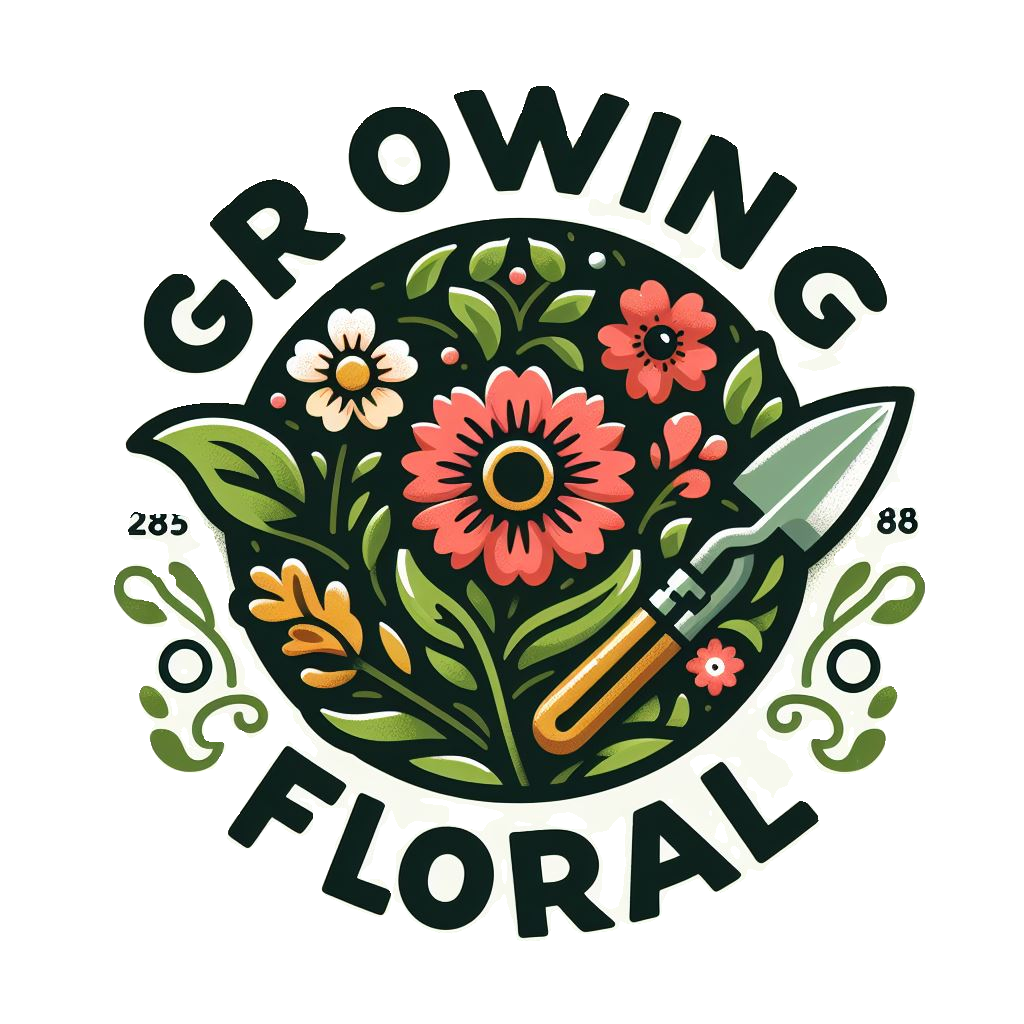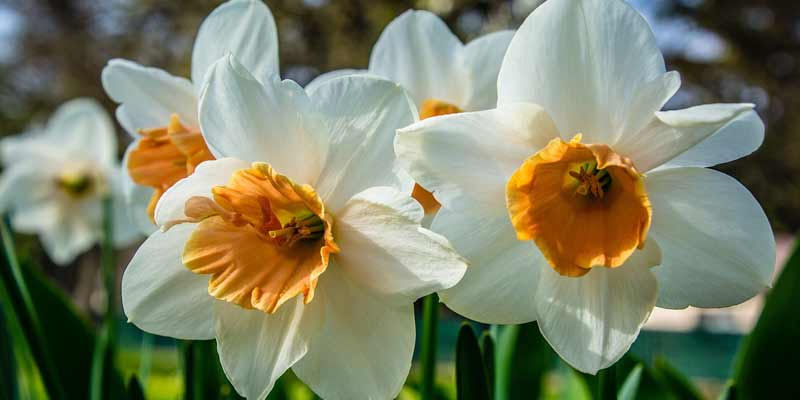The cheery yellow hues and delicate trumpet-shaped blossoms of daffodils are indeed among spring’s most beloved signs. By planting them, you not only introduce charm and color into your garden; but also announce— with their arrival—the end of winter ushering in warmer days. However, for a spectacular springtime display—it is crucial to time the planting of daffodils meticulously.
This guide delves into the nuances of daffodil planting. It explores optimal timing and offers essential tips for cultivating a flourishing daffodil garden, a comprehensive resource indeed.
Understanding Daffodils
Scientifically known as Narcissus, Daffodils—belonging to the Amaryllidaceae family—are a diverse array of species and cultivars. Their resilience, and low maintenance requirements; together with their ability to naturalize: these perennial bulbs spread cheerful blooms each year, marking them under high esteem in horticulture.
Depending on variety and local climate conditions; typically—daffodils bloom from early to mid-spring.
Choosing the Right Time
The ideal timing for planting daffodil bulbs hinges largely on geographical location and climate zone: in general, fall is the preferred season. It’s best to plan ahead—aim to plant your bulbs several weeks before ground freeze becomes a concern; specifically, aim for that sweet spot of 2-4 weeks preceding your area’s first predicted hard frost.
The timing grants the bulbs an opportunity to root firmly before winter dormancy initiates; this ensures not only robust growth but also vibrant blooms during spring.
In regions boasting milder climates or areas with relatively mild winters, the possibility of planting daffodils extends into early winter. Yet, caution is vital to prevent late planting—bulbs may not establish roots adequately before cold weather sets in if one procrastinates too much.
The survival and vigorous blooming of daffodils planted in spring may present challenges compared to those planted during autumn. For optimal results, it is thus advisable to strictly adhere to the recommended timeline for fall planting.
Site Selection and Soil Preparation
Carefully select a site offering well-draining soil and ample sunlight before planting daffodils. Daffodils flourish in full to partial sunlight; a minimum of six hours of direct exposure per day is optimal. Do not plant daffodils in waterlogging-prone areas, as excessive soil moisture may induce bulb rot and fungal diseases.
Loosen the soil in your planting area to a depth of 8-10 inches (20-25 cm); this can be achieved by incorporating organic matter like compost or aged manure for improved structure and fertility.
Ensure you remove all weeds and debris from your site before planting as this will provide optimal growing conditions for daffodil bulbs.
Planting Daffodil Bulbs
When planting daffodil bulbs, follow these steps to ensure success:
1. Dig planting holes
Use a trowel or bulb planter to dig planting holes. The recommended depth for standard-sized daffodil bulbs typically falls between 6 and 8 inches (15-20 cm), while miniature varieties require slightly shallower depths.
2. Spacing
Place the daffodil bulbs at a distance of around 4 to 6 inches (10 to 15 cm) from each other as this will provide ample space for their growth and eventual naturalization.
3. Orientation
Place daffodil bulbs in the planting hole with their pointed ends facing upwards, ensuring that the flat or basal plate rests firmly at its bottom; this is how you should position them.
4. Backfill
Gently backfill the planting holes with soil, ensuring complete coverage of the bulbs; then, lightly firm the soil, an action that eliminates air pockets: this is called backfilling.
5. Watering
Thoroughly water the newly planted daffodil bulbs to settle the soil and trigger root growth; during fall and winter months, maintain a consistently moist, but not waterlogged, environment for the soil.
Maintenance Tips
After planting daffodil bulbs, provide ongoing care to support healthy growth and abundant blooms:
Mulching
Apply a layer of mulch such as straw, shredded leaves, or pine bark mulch over the planting area; this action will effectively insulate and regulate soil moisture and temperature.
Fertilization
Apply a balanced or bulb-specific fertilizer during the onset of spring, when new growth emerges; this promotes robust foliage and flower development, a critical process known as fertilization.
Deadheading
Promptly remove spent flowers to prevent seed formation; this action redirects energy into bulb development and storage.
Dividing
Divide overcrowded daffodil clumps every few years in the late spring or early summer, once their foliage has yellowed and withered. Lift the bulbs with care, separate them meticulously, and then replant them into the soil that you have refreshed.
Conclusion
Understanding the optimal timing and proper planting techniques for daffodils promises to brighten your garden and uplift your spirits as winter transitions into spring; indeed, it’s a rewarding endeavor. Year after year, you can cultivate an awe-inspiring display of daffodil blooms.
The beauty, the resilience of these flowers are why they remain timeless favorites worldwide, appealing not only to novice gardeners but also to seasoned enthusiasts. Plant daffodils and welcome nature’s vibrant renewal into your outdoor space to embrace spring joy.



Leave a Reply